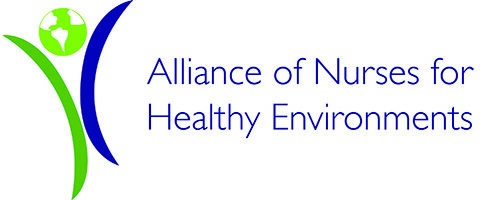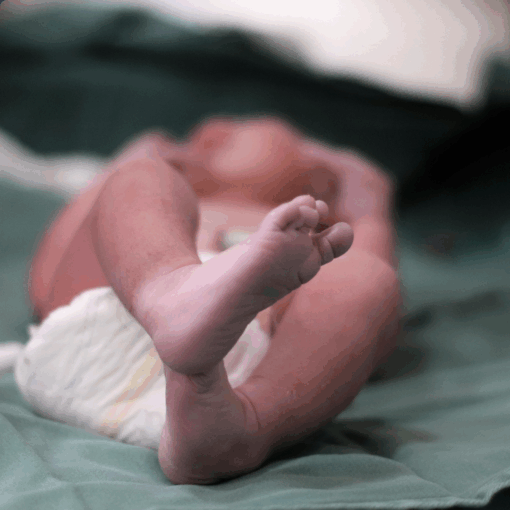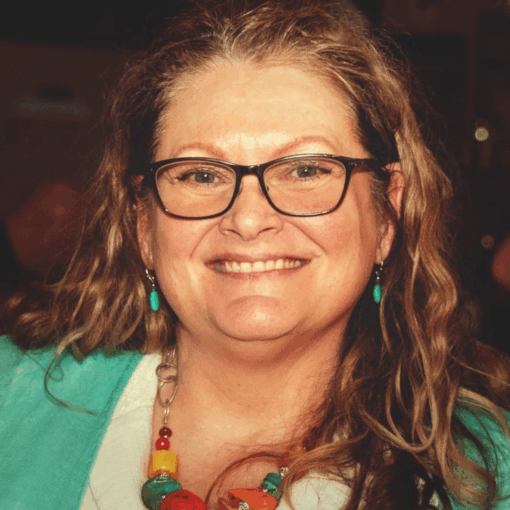Interviewee: Deanna Benner, Women’s Health Nurse Practitioner (MP, MSN), and Ashley Oncay, Nursing Professional Development Specialist (MSN)
Organization: ChristianaCare, Delaware
Background
At Christiana Care in Delaware, Women’s Health Nurse Practitioner Deanna Benner and Nursing Professional Development Specialist Ashley Oncay have quietly revolutionized how their hospital handles medical surplus. Though neither holds an official sustainability title, their shared commitment to reducing waste has transformed what was once routine disposal into a thriving donation network that spans from local nursing schools to international aid organizations.
Initiative Overview
The seeds of their Medical Supply Donation Program were planted three years ago when Deanna attended a presentation by Elizabeth McLellan of Partners for World Health. Learning about the staggering volume of usable medical supplies being discarded nationwide ignited a passion to change their hospital’s practices. What began as an informal effort to salvage unused supplies soon grew into a comprehensive system categorizing items by viability: unexpired materials destined for global distribution through Project CURE, expired but still educationally valuable supplies routed to local nursing programs, and durable goods like furniture finding new life through Habitat for Humanity. Their Landfill Diversion Project emerged organically as they recognized opportunities to expand beyond medical supplies.
Project Implementation
The implementation journey reveals the creativity required to drive change without formal authority. Deanna recounts how they essentially “went rogue” in the early days, commandeering an unused storage room as their donation hub before seeking official approval. Their breakthrough came when Ashley’s meticulous tracking revealed $800,000 worth of expired but usable supplies being routinely discarded – a finding that immediately captured leadership’s attention. The duo learned to navigate hospital politics by securing an unofficial “Environmental Caregiver Committee” title from the CFO, which lent credibility to their efforts. Their current system features designated collection points and scheduled pickups with partner organizations, creating a seamless pipeline from hospital surplus to communities in need.
Collaborators
The program’s success stems from an evolving network of partnerships. Within the hospital, they cultivated allies in supply chain management who now proactively redirect items instead of defaulting to disposal. Externally, they’ve built relationships ranging from global distributors like Project CURE to local nursing instructors grateful for affordable training materials. Perhaps most innovatively, they partnered with medical equipment refurbishers who repair and resell devices at reduced costs, creating a circular economy for what was previously considered waste.
Challenges and Solutions
Their path wasn’t without obstacles. Early skepticism from leadership required concrete data to overcome – which Ashley provided through her detailed supply audits. They faced recurring concerns about infection risk from well-meaning but misinformed colleagues, addressed by proactively consulting with infection prevention specialists to establish safety protocols. The logistical challenge of storing and transporting donations was solved through their reclaimed storage space and scheduled pickup system. Most importantly, they learned to frame their work in terms that resonated with different stakeholders – emphasizing cost savings for administrators, educational value for nursing schools, and environmental impact for community partners.
Results and Impact
The numbers tell an impressive story: over $1 million in savings and tax benefits, thousands of pounds diverted from landfills, and countless healthcare professionals trained using donated supplies. But the true impact extends beyond metrics. Their work has fundamentally changed how the hospital views surplus, leading to revised procurement practices that prevent overordering. Perhaps most significantly, they’ve demonstrated that sustainability initiatives can originate from any level of an organization, inspiring colleagues to rethink waste in all its forms.
Advice for Nurses
Reflecting on their journey, Deanna and Ashley emphasize starting before you feel ready. “We didn’t wait for permission,” Deanna notes, “we just began collecting supplies in that empty room.” They advise identifying one manageable starting point – whether it’s partnering with a single donation organization or tracking waste in one unit. Building relationships across departments proves crucial, as does learning to present data in ways that speak to different priorities. Most importantly, they encourage nurses to recognize their unique position: “We’re at the frontline seeing what gets wasted every day, which means we’re perfectly placed to create solutions.”
This initiative demonstrates how nurse-led sustainability efforts can create ripple effects far beyond their initial scope. What began as two professionals troubled by waste has grown into an institutionalized practice that benefits global health, local education, and the hospital’s bottom line – proving that environmental stewardship and healthcare excellence go hand in hand.
Conclusion
Deanna Benner and Ashley Oncay’s initiative demonstrates how nurses can drive sustainability in healthcare through creativity, collaboration, and perseverance. Their work not only reduced waste and costs but also fostered a culture of environmental stewardship at ChristianaCare. This case study serves as a model for nurses seeking to implement similar projects in their institutions.




